All your questions on baking with almond flour answered here! This instructional article takes the guesswork out of how to bake with almond flour, so you can indulge in low carb treats all year long. Take it from this self-proclaimed Almond Flour Wizard!
I’ve updated this post on how to bake with almond flour, as I’ve got a lot more good information to add!
I’ve been baking with almond flour for more than 8 years now and I have to say, I have gotten pretty good at it. I’ve been called The Keto Baking Queen by many people and it’s a title I’ve earned through many years of trial and error. I am proud of my low carb baking skills, and I find myself improving and growing on almost a daily basis. So I decided it was high time to update this article on How To Bake with Almond Flour so you can benefit from my experience!
Because almond flour is the basis of many of my keto recipes, I am highly comfortable with it. It’s perhaps one of the most versatile of the low carb flours, and works well in low carb cookies, cakes, and breads. It’s great for low carb pie crust too! You just have to know how to treat it, what to look for, and how to adjust if it doesn’t work quite as you expect.
So let’s get started. Answering your burning questions about baking with almond flour, right here, right now.
Almond Meal vs. Almond Flour – What’s the difference?
Let’s clear up any misconceptions right now that all almond flour is created equal. I get this question a lot, and the answer is a resounding NO! Sure, they are both made from ground almonds, but anything that calls itself almond “flour” should be finely enough ground that you can make fine-textured cakes and bread that rival their wheat-based counterparts.
It should also be blanched almond flour, so that you get no little dark bits of skin. There are several really good brands of finely ground almond flour, including Honeyville, WellBee, and Anthony’s. My favourite is Bob’s Red Mill Super Fine Blanched Almond Flour. Costco also sells good almond flour at a reasonable price, under their Kirkland brand, which I believe it actually produced by Honeyville.
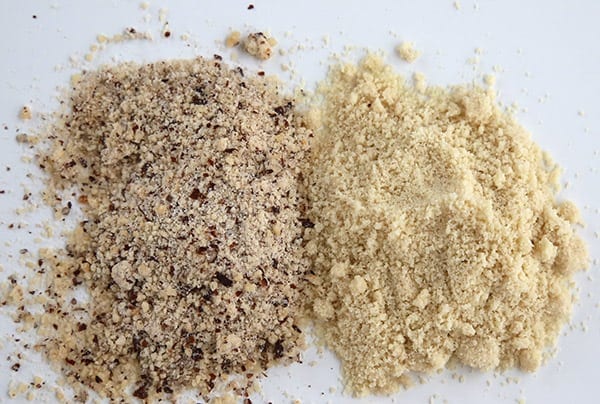
Almond meal is much more coarsely ground and if you place the two side by side, you can really see the difference. It’s still often good enough for baked goods where texture doesn’t matter quite as much, like low carb muffins or crackers. It can be both blanched (skins removed) and un-blanched (skins left on). And since it’s often less expensive, it may be preferable to almond flour at times. You don’t even have to buy almond meal, you can make it yourself if you have a good food processor.
So, if you’ve ever made an almond flour recipe and had issues with the final product holding together, leaching out the oils or butter, or not rising properly and holding its shape, a likely culprit is that you are using the coarser almond meal, instead of almond flour. The larger particles mean less cohesiveness for the finished product. For some things, it may not matter but for cakes and fine-textured items, it most certainly does. I don’t even keep almond meal around anymore, I use almond flour for everything.
Subbing Almond Flour for Wheat Flour
You’re going to hate me for saying this, but there is no easy formula here. It all depends on what you are trying to make. Cookies are dense and crunchy whereas cakes should be light and fluffy, and they are going to take very different ratios of almond flour to other ingredients.
I wish I could tell you it was as simple as swapping almond flour for wheat flour at a 1:1 ratio. But it’s not and when you think about it, you can see why. Almond flour is basically ground nuts, full of fat and moisture, entirely without gluten and not nearly as powdery, fine and dry as wheat flour. So there are a whole range of factors you need to account for when adapting a wheat-based recipe to low carb and gluten-free. You need to consider the texture, density, and moisture content of the baked good you want to make over.
A cup of almond flour also differs significantly in weight from a cup of wheat flour. Out of curiosity, I just went and measured the two (literally right now, as I am writing this) and a cup of wheat flour came to 5 oz, while a cup of Bob’s Red Mill blanched almond flour came to 3.75 oz. That’s more than a full ounce difference!
If you are a total beginner with almond flour, I’d actually suggest you stick to some tried and true recipes to get a feel for how it behaves and the overall proportions. That’s certainly how I started, 2 and 1/2 years ago. Once you have a good sense for almond flour recipes, you will find it easier to strike out on your own and adapt some family favourites.
Let me tell you what I do, when I start making over a recipe. Take, for example, my Almond Crusted Butter Cake. The original wheat-based recipe took about 50% more butter and 50% less flour. Knowing that almond flour has a higher fat content but is less dense than wheat flour, I basically switched this ratio around. Then I doubled the baking powder and added in whey protein to make up for the lack of gluten and to give the end result more structure. Then I crossed my finger, said a little prayer, and popped it in the oven. And it has since become one of my all-time favourite keto cake recipes!
You can also increase the eggs for more protein and structure, but too many eggs can give the final result a rubbery texture or make it too “wet” and gummy in the center. I usually start with one more egg, and then add another closer to the end if the batter seems too heavy and thick.
One important thing to note when adapting wheat flour recipes is that your almond flour batter will almost always be thicker. Don’t expect it to look exactly like a wheat-based batter and resist the urge to thin it out with liquids, or you will likely end up with a soggy mess.
Other Nut Flours and Meals
People often ask me if they can use other nut flours and meals instead. I give the answer to this question as a tentative “yes”, with several caveats.
First off, I don’t know of too many other nut “flours” that are as finely ground as true blanched almond flour, so if texture and consistency of the end result is dependent on the grind, then you may have some difficulty. Some keto muffins, scone and cookie recipes lend themselves admirably to a simple swap of one nut flour/meal for another. Several of my biscotti recipes could be made with hazelnut meal instead of almond flour, as could some cracker and cookie recipes. And my Hazelnut Chocolate Chip Bundt Cake could easily be made with another nut meal of choice (walnut, almond, pecan…all of those would do well).
But finer cakes and cupcakes might become too crumbly, to coarse and possibly leach out oil during baking if you attempt it with anything but the most finely ground flours. If you want a fine crumb on your cake so that no one can guess it’s low carb, then you want finely ground almond flour.
Sunflower Seed Flour
This is, in my opinion, the best nut-free substitute for almond flour, because it can be ground quite finely. You can even make your own sunflower seed flour easily at home. Check out How To Make Sunflower Seed Flour here.
The funny thing about sunflower seed flour, though, is how it can turn green when it’s baked. This is a reaction with the leavening agents like baking powder and baking soda and it doesn’t mean the baked good has gone bad. To offset this reaction, you need about 1 tablespoon of acid like apple cider vinegar or lemon juice. In chocolate recipes, the brown colour covers the green and you don’t really need to worry about it.
Coconut Flour vs. Almond Flour
Inevitably when I make a keto recipe with almond flour, someone comes along and asks if they can make it with coconut flour. And vice versa. Here’s the deal:
You cannot sub coconut flour for almond flour as a direct 1:1 substitution. I cannot state this more strongly. Don’t even think about trying it or you will end up with hard, inedible thing that is only good for using as a hockey puck. Check out my article on Baking with Coconut Flour for more information.
Coconut flour is an entirely different creature than any flour based on tree nuts. It’s fine, powdery, dense and soaks up liquids like nobody’s business. It also requires more eggs and sometimes more other “binders” like xanthan gum, to keep the final product together. And you want to use WAY less coconut flour for a recipe than you would almond flour, sometimes as little as 1/3 to 1/4. In essence, if you choose to make a recipe based on almond flour with coconut flour, you will need to restructure the whole thing.
If I were to take one of my basic almond flour recipes and rework it for coconut flour, I would start with about 1/3 the amount of flour, twice the eggs, some xanthan gum, a little more leavening agent like baking powder, and then I would add my liquids like coconut or almond milk last and not all at once. I would add some liquid, work it in and see how thick the batter was, then add a bit more and a bit more until it felt right to me. Again, “right” in this case is likely be a thicker batter than anything wheat-based, so it take some experimenting to get it right.
One good thing about working with coconut flour (and almond flour) is that they don’t contain gluten so over-mixing is usually not an issue. On occasion, I’ve been making a coconut flour recipe and suddenly thought it needs another egg or two. I’ve added it at the very end and had no problems with the end result. In this sense, at least, coconut and almond flours can be very forgiving.
Peanut Flour vs Almond Flour
The best answer I can give you here is: maybe. Peanut flour comes in a variety of forms, including roasted (light and dark), unroasted, partially defatted and full-fat. I ordered some peanut flour once that was essentially just ground peanuts and it did well as a sub for almond flour in several recipes. But the defatted ones are a little bit like coconut flour, they are very fine and powdery and soak up a lot of liquid. So they are going to require some reworking of the basic recipe in some of the same ways as coconut flour, although to a lesser extent.
How to Measure Almond Flour
Always use the scoop and level method, unless the recipe indicates otherwise.
I always simply scoop the almond flour from the bag or the canister, and level it off with a knife or sometimes with my hand. I never try to jam pack my cups to get more almond in there, so all of my recipes will be written assuming you simply measure an unpacked scoop. A well-written recipe should specify if you should pack the ingredients, so assume not if it doesn’t say. Sadly, not all recipes are that well written these days.
Many gluten-free recipes are done by weight, not volume, because gluten-free ingredients can differ significantly by brand. I am making an effort to do this more often now, especially when the recipe is on the tricky side and precise measurements matter. I would suggest investing in a small kitchen scale if you want to be more accurate. I will always give measurements by volume, however, since I want my recipes to be as accessible to as many people as possible. Weight measurements are more accurate overall, but it doesn’t do me any good if the reader doesn’t own a kitchen scale!
How to make Almond Flour Bread
Looking for a firmer bread you can toast and slather with peanut butter? Yeah, me too. Almond flour is by nature moist so if you use it on its own, your end result can be more cake-y than you want it to be.
I find that adding a little bit of a denser flour, like coconut flour or oat fiber, can help stiffen the batter and thus firm up the bread. I used coconut flour successfully in my Low Carb Panini Bread Recipe. The trick is to not increase the other wet ingredients, so the addition of this flour helps dry out the consistency of your bread.
You can also try using a little oat fiber, which is made from the husk, or the “bran” of the grain and not the grain itself. However, it may contain a little gluten so it’s not idea for people with a gluten intolerance.
Many people add psyllium husk to low carb bread recipes as well, which can give it more of a yeast-bread like texture. But depending on the brand of it can also make it gummy and sometimes it has a purplish hue.
Using Protein Powder in Low Carb Baking
Why do I often use whey protein or egg white protein in my keto cakes and other baked goods? It isn’t, as some people think, to get more protein into my diet. I am an unabashed carnivore and consume plenty of protein.
It all comes down to the science of baking. Gluten is a protein and it’s part of what gives wheat-based baked goods structure, allowing them to rise and hold their shape. In gluten-free baking, adding in a dry protein can help make up for this. You can’t just add more egg whites because that will throw off the liquid to dry ratios. But you can easily swap out the whey for your protein powder of choice (hemp, soy, even egg white powder). The results may vary a little depending on the protein content per serving.
Freezing Almond Flour Baked Goods
With only a few exceptions, I would say yes, most almond flour baked goods are indeed freezer-friendly.
I have successfully frozen cakes, muffins, cookies, scones, and even some almond flour pie crust. I usually freeze after baking, and I freeze before I glaze or frost the baked good in question.
However, you can also freeze some unbaked items and then thaw before baking. I’ve done this successfully with almond flour cookies like my Butter Pecan Cookies and Chewy Ginger Cookies. The trick here is to roll them into balls and flash freeze on a cookie sheet. Then you can put them in a container or plastic bag and they can be frozen for months. Thaw fully before baking.
How to Store Almond Flour
I keep my unopened bags of almond flour in my cellar, which is quite cool year round. Once a bag is opened, I transfer half of the almond flour to an airtight container and keep it on my counter. The rest is frozen or refrigerated to keep help it keep. I don’t recommend trying to bake with the almond flour straight out of the freezer. The high moisture and fat content will make it very clumpy and hard to work with.
More Almond Flour Baking Tips
- Let your almond flour baked goods cool completely. My friends, I can’t emphasize this enough.It can be tempting to start cutting them up soon after they are baked, but try to resist or you may wind up with a heap of crumbs. The texture and cohesiveness of low carb baked goods always improves upon cooling and sitting. Crackers, cookies and tart crusts will crisp up better and breads and muffins will hold together better when left to sit for an hour or two.
- Room temperature ingredients. Make sure your eggs, butter, and cream or almond milk are at room temperature, unless otherwise specified by the recipe. If they are cold, your batter will clump up.
- Grease that pan well! Low carb goodies can stick more than conventional ones, so really work that butter or oil into the corners of your pan.
- Watch it carefully. Almond flour baked goods can also brown more quickly than wheat flour recipes. If I am adapting a wheat-flour recipe, I almost always lower my oven temperature by 25 degrees F, and I watch it carefully. If the top and sides are browning too quickly, I cover the pan with aluminum foil.
- Baking times are only a guide. Oven temperatures can vary tremendously so please only ever use baking times as a rough guideline. What takes 20 minutes in my oven may take 25 in yours. Or yours may be done faster. You should always set your timer for 5 minutes LESS than the baking time says, and then check on it every 5 minutes after that.
Ready to become an almond flour baking expert?
I hope that helped answer some of your most pressing almond flour baking questions. If you can think of anything I didn’t cover here, or you have some tips of your own you’d like to share, please leave a comment or send me an email. I’d be more than happy to update this little (long) treatise to cover more ground!
Nutritional Disclaimer
Please note that I am not a medical or nutritional professional. I am simply recounting and sharing my own experiences on this blog. Nothing I express here should be taken as medical advice and you should consult with your doctor before starting any diet or exercise program. I provide nutritional information for my recipes simply as a courtesy to my readers. It is calculated using MacGourmet software and I remove erythritol from the final carb count and net carb count, as it does not affect my own blood glucose levels. I do my best to be as accurate as possible but you should independently calculate nutritional information on your own before relying on them. I expressly disclaim any and all liability of any kind with respect to any act or omission wholly or in part in reliance on anything contained in this website.
Free Bonus: Secrets to Keto Baking!
Sign up for your favorite recipes delivered straight to your inbox plus get our FREE bonus: Secrets to Keto Baking!
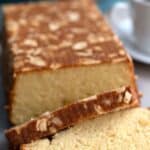
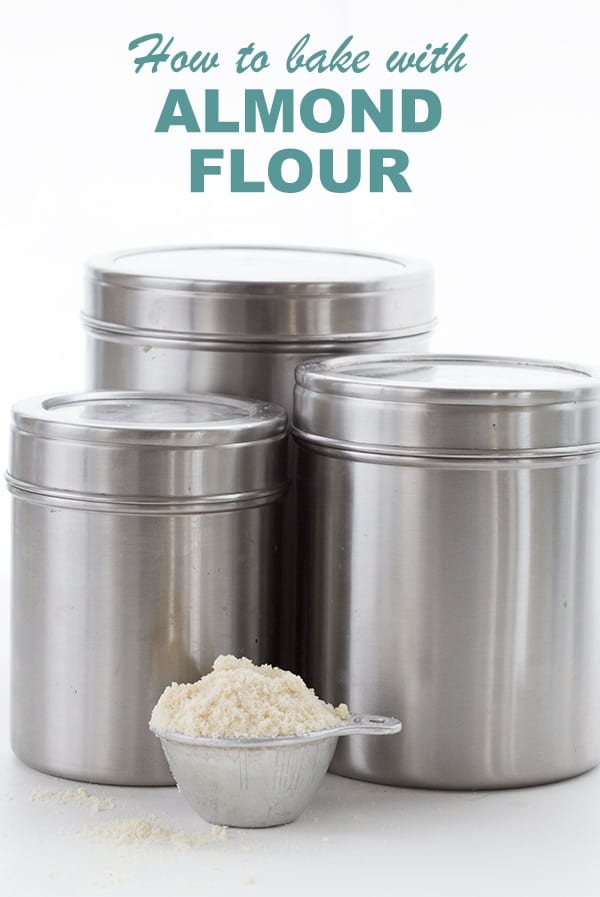
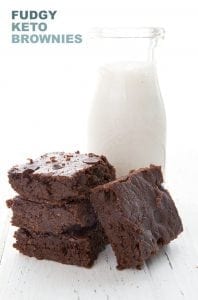
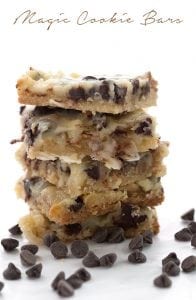
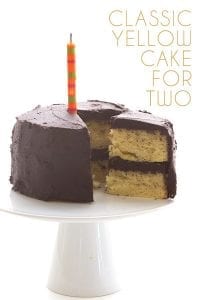
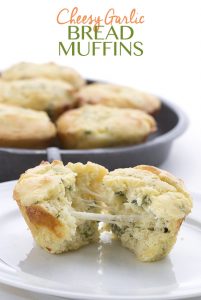
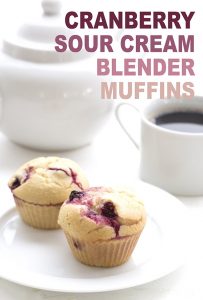
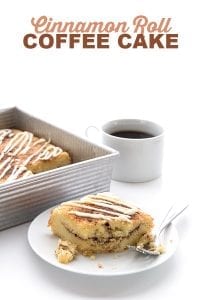
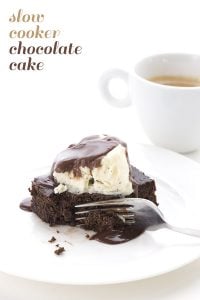
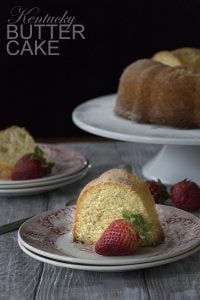
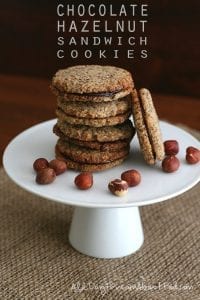

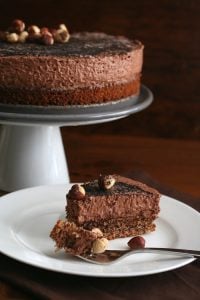
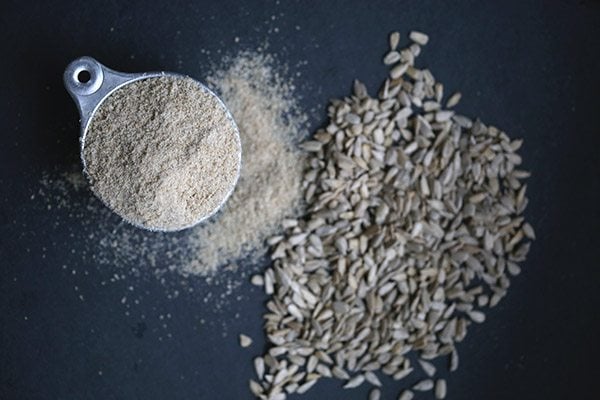
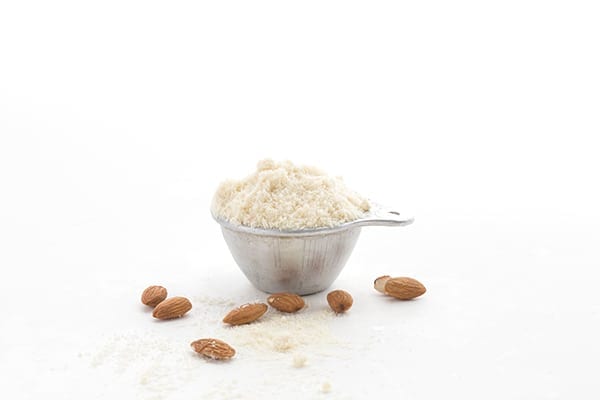
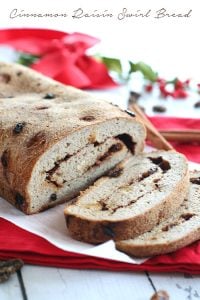
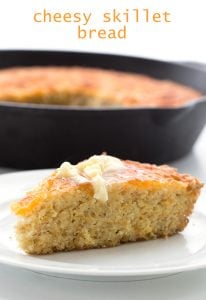
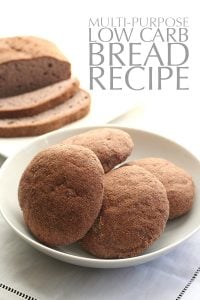
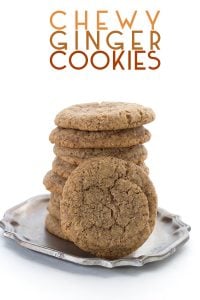
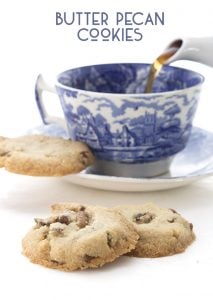
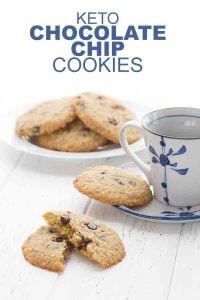
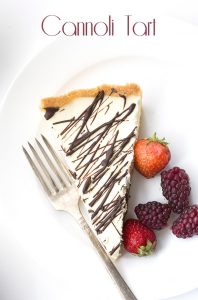
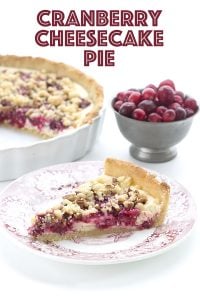
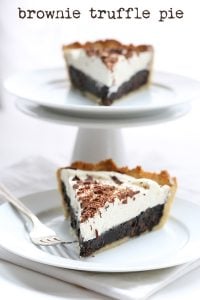

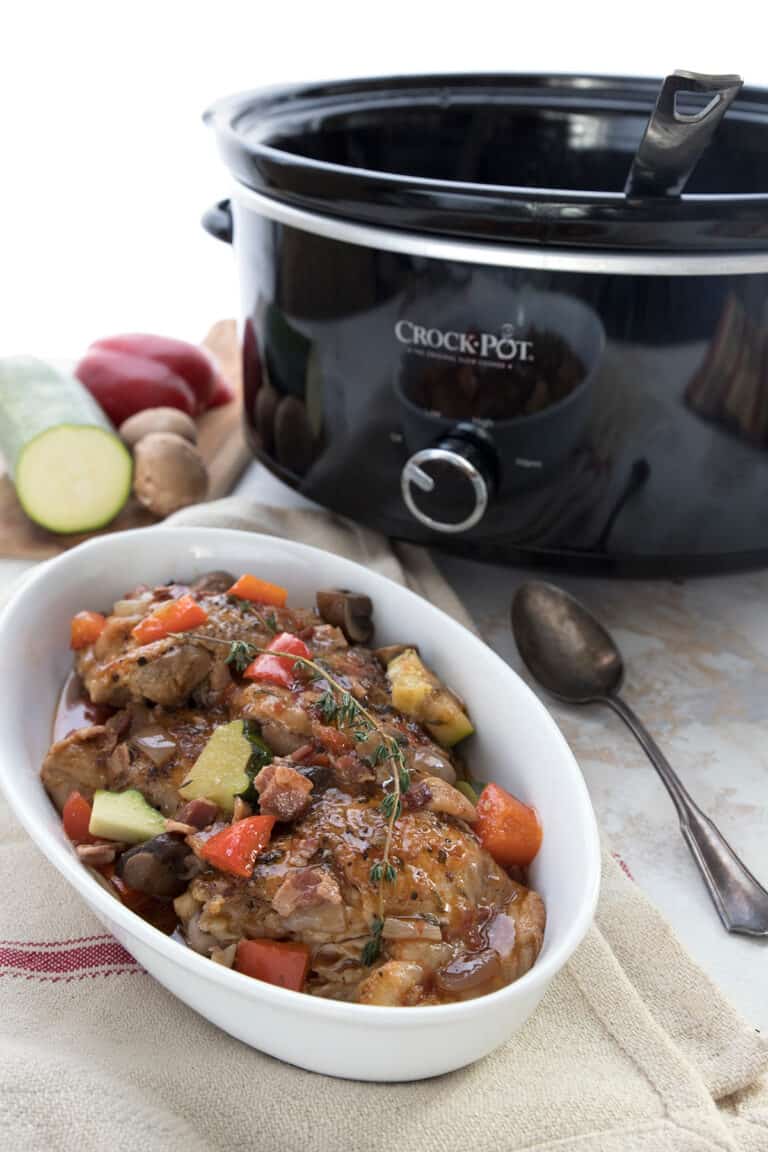
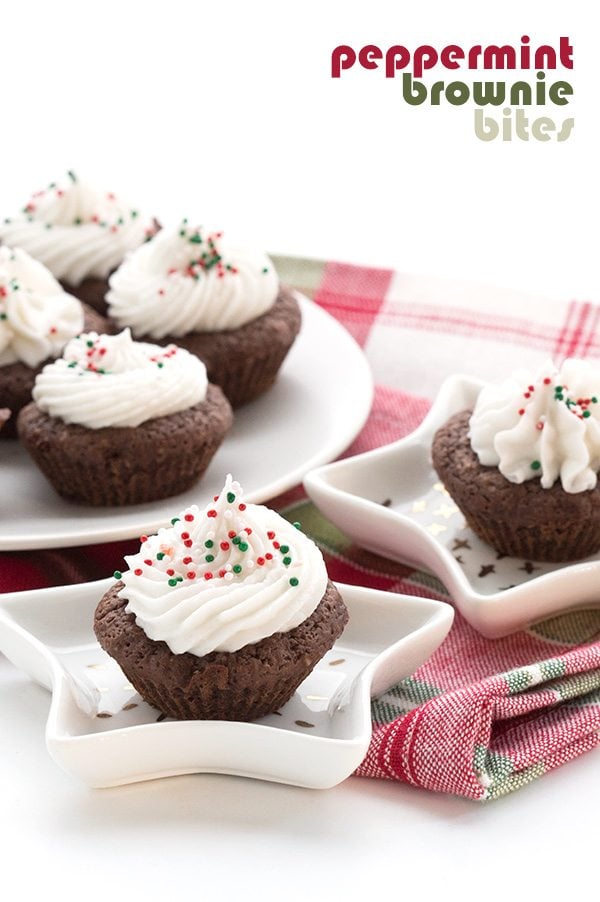
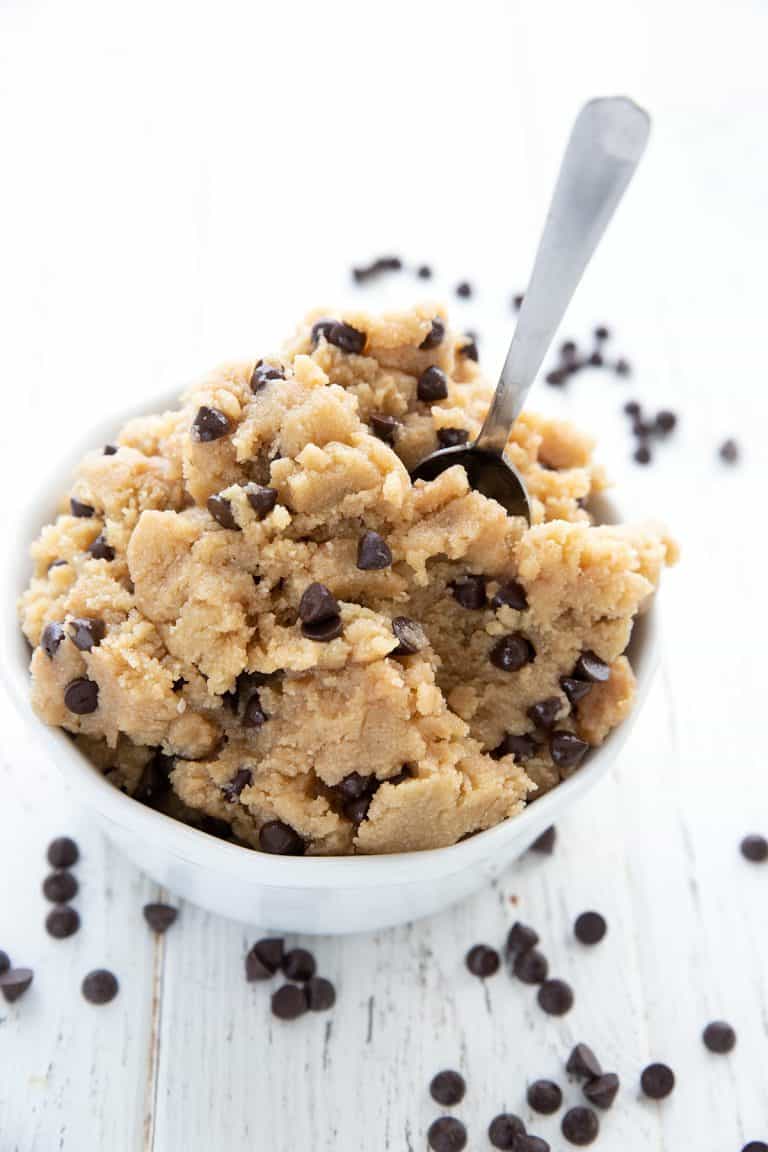
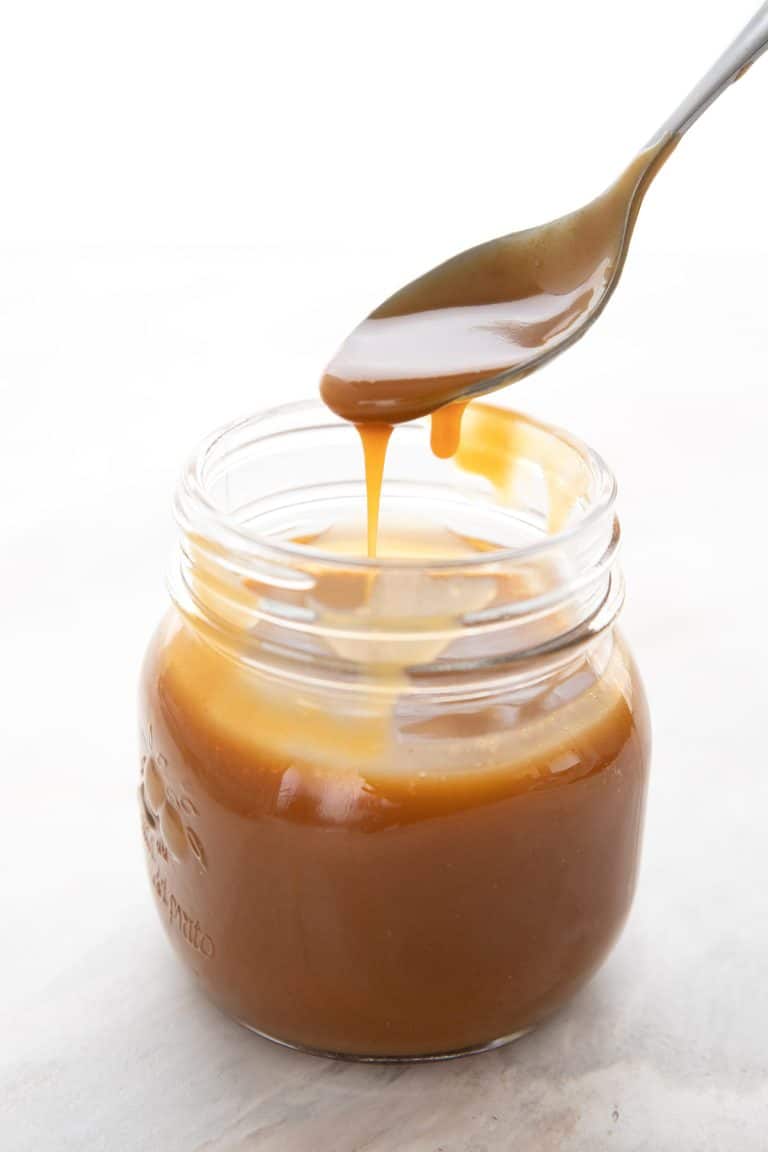









Thanks for posting this Carolyn — I just attempted pancakes with coconut flour. Not a complete failure but still needs some work. I think I’ll try adding some Xanthum to the mix and see how that goes.
LOVE your recipes girl – keep’em coming 🙂
Blessings!
Gail
Hi Gail. My best suggestion with pancakes is to keep them on the smallish side, no bigger than about 3 inches in diameter. They are really hard to flip and keep together, otherwise! Xanthan gum can definitely help a bit…so can a bit of protein powder.
I’ve added unflavored beef gelatin with great results of keeping it all together!
Could you share what kind of ratio of beef gelatin to flour you use? This really intrigues me!
A great primer Carolyn. What I took away is the reminder all flours are not created equal and the characteristics of each must be considered when using them. One can’t just swap them ‘willy nilly’ with predictable results.
Exactly! 🙂
Thank you so much for this. Since removing grains and sugar from my diet, I feel like I’m learning to bake all over again. This is incredibly useful information and so beautifully accompanied by your photography. Lovely site!
Carolyn, a swell job covering the bases! I love how you included the tip to not cut into almond flour home baked treats until completely cooled. So many home bakers are tempted to dig right in while still warm and then, after falling to temptation, are disappointed when the cake or loaf falls apart or totally implodes…not unlike Clark Griswold’s turkey in the film, Christmas Vacation! Again, swell job!
This is a great tutorial on almond flour 🙂 Thank you! I would like to comment on the 2 vendors you recommended and how excited I was to see their pricing for a 5 lb. bag of almond flour; however, living in Alaska which apparently isn’t part of the US according to them, charged me an extra $29 to ship it here.
Thank you for the vendor referral. I’m still trying it out but disappointed with the price gouging on shipping.
That stinks, Alicia! Since I am originally from Canada, and all my family and friends have the same issue, I feel your pain!!!
Alicia, another reader just suggested this place, which sells almond flour to Canadians…maybe to Alaska too? http://www.jkgourmet.ca/products/almond-flour-2
Wonderful!! Thanks, Carolyn 🙂 I’ll check them out. At the end of the day, the cost is worth it to me to stay healthy and eat yummy, tasty food that isn’t full of preservatives, sugar, chemicals, etc.
I love your site/recipes. Thank you for all your help 🙂
Alicia, I just noticed that Honeyville Almond Flour is available through Amazon.com, with their “Free Super Saver Shipping” option.
Thank you so much, this is one of those articles that makes me think, “well, this changes everything!”
I had been using almond meal all along, until I purchased a bag of almond flour from Honeyville at your suggestion. Now, everything is so light and fluffy, almost indistinguishable from the regular flour versions.
My husband and I are new to the wheat free eating, and all I can say is bless you for your information on almond flour, I had just about given up on being able to bake anything ever again, I will buy correct almond flour, and try again. Thank you.
Carolyn, I can tell I’m going to refer back to this again and again!
I posted this over on the Wheat Belly FB page. Always talk about almond flour over there 🙂 Nice post.
Thank you! Hope people get something out of it! 🙂
You may want to add an option for Canadians (although I think available in US too) is JK Gourmet. I would think it is equal to Honeyville (although I’ve never used Honeyville). It is the finest one here as far as I know. http://www.jkgourmet.ca/products/almond-flour-2
I agree- JK is the best Canadian option I’ve found as Honeyville won’t ship here.
Canada also has Costco which sells the Kirkland brand, which is what I use and is very good. I have never seen the JK brand where I live in Canada. Carolyn mentioned it in the brands of flours available. When I can’t go to Costco, I buy Bob’s Red Mill at the grocery store.
Thank you so much for sharing all of your research….Years ago I adapted a lower carb lifestyle and was quite happy with it…..except for baking…..never could seem to find the time to get the hang of it…..I am turning over a new leaf today….thanks for offering the information to help increase my confidence for the task.
I definitely need to read this over several times! Thanks for sharing all of your extensive baking knowledge with us!
This is awesome! Thank you.
This is great information! To be honest, I have found no need to try to convert a traditional recipe to one using almond flour. You have so many good recipes that my every wish for yummy baked goodness can be found here on your blog, as well as those of your fellow Low-Carbing Among Friends authors 🙂
I always wondered how exactly a flour made from nuts could be substituted for wheat flour when nuts have so much fat in them. I feel enlightened now!
brilliant pice, loads of great tips for those who have and haven’t tried baking with Almond flour.
I have, with great success (your poppy-seed & lemon bundt cake)
and with no success whatsoever (as with your almond butter cake. I know where I went wrong though: I made my own almond milk and thought it would be no problem to use the cup of almonds I had soaked for the milk in the cake recipe. WRONG!! And boy was it 🙁 So good tip there too 😉 )
Loads of would be bakers will love you like we who know you already do.
Thanks. Oh dear about the butter cake. That one is definitely so reliant on the fine grind of proper almond flour. I think I have to make that recipe more specific.
I have started using almond flour when making and my bake goods are not rising. The good come out flat. Am I doing something wrong? Please help.
Very helpful. Thanks so much.
Awesome info! Thanks so much!
Ok, at last I’m ready to give it a whirl. Thanks for answering so many of the questions I had about baking with almond flour! I think the only way I can get my dear husband on board with wheat-free living is with great baking…so wish us luck!
Thank you so much for taking the time to post this! Baking is tricky for many, and often the result is not good enough for the picky one’s of us. Your recepies lokes lovely, and I think I’ll try one this weekend 🙂 But- How to choose????
Thank you!
I am diabetic, I am trying to eat healthier. I tried gluten free and found it is more agreeable with me. I eat less, am satisfied by a much smaller portion and tend not to eat late at night; all of which are better for me. I am new to baking my own gf bread so I am experimenting. I bought nuts in bulk to make my own almond milk(so good I just love home made) and the happy result was almond flour just for drying. I sift the meal( I do not use blanched almonds, made the choice for more nutrition) I am finally getting more palletable bread. YEAH. Then I see “do not use almond flour too high in calories” I found your blog and you have excellent suggestions. Thank You. A side note is by eating less, I am loosing weight( it’s a GOOD thing) It is a struggle. GF for me is the way to go, I have more energy and feel better and I like to play with my food…… 😉
Good for you! Don’t buy into the “too many calories” thing…it’s not true. Eating good foods rich in fats helps keep you satiated and you do eat less. Hang in there!
Thanks! I figure if I am eating less, not having cravings and being satisfied the 50 extra calories really don’t matter. If you eat 5 items @100 cal each and 1 @ 160 well, do the math LOL
I read your comment as I too am diabetic. By following Keto, I am no longer on Insulin!! I’ve taken it 25 yrs!!! It’s a great way of life. Wish my married children with their children could want to stop using real sugars and flours but we all have to take our own paths. So very happy you are eating Keto!! A great present to purse!!
Hi I would like to follow Carolyn’s blog but I”m clueless of how to do it! Can I get her gluten info blogs sent to my email, or how do I find her again? Great info! Thanks Ayn
Looking forward to continuing to expand my healthier way of cooking. I’m anxious to receive your blogs, recipes and hope to be in the kitchen a lot!
I am so pleased I found this today on Pinterest. I’m diabetic and trying to lose my blood sugar numbers plus lose weight. These articles should be a huge help.
So glad to hear it!
I’ve reversed my type 2 diabetes by using low carb recipes like these. Lost 57lb in weight in 8 months and lowered blood pressure so off all meds.
URGENT. Just found this site. Very encouraging. My husband needs to lose weight and I need to figure out the best recipes. After considering one recipe I would like to know if I can put the almond flour, baking powder and salt together to store it for a few days?
Why would you need to do that?
Hi Carolyn,
I’ve just made an orange cake with almond flour, eggs, sugar and cooked whole orange. It looks and smells great, and it’s for a party tomorrow. Before serving, I’ll sprinkle icing sugar on it.
Would you please tell me how I should store the cake? Do I wrap it, refrigerate it, put it on the back porch??????
Thanks.
I’d say it’s probably okay for today on the counter, unless it’s an overly moist cake. But I would wrap it in foil to keep it from drying out.
Hi again,
I forgot to say that the cake has slivered almonds on top.
Viv
I just wanted to say that I make my own almond milk. After straining I am left with almond pulp which I then dehydrate at no higher that 115 degrees then process in food processor resulting in almond flour. I like using this better that Bobs or any store bought almond flour as it is not grainy and more powdery like regular flour.
sandra…is flour with almond pulp behave same as store bought or flour from whole almonds or needs to modify recipes with less liquid or more flour??
Why does Almond flour baked items make me choke?
I have no idea, but I suspect you haven’t made good ones that are nice and moist.
I found that so funny because I have the same problem! I can’t wait to try your recipes! Thanks for sharing all of your knowledge.
Where can I buy the book.
I look forward to a book with yur ideas. How do I get it?
I have been trying to cook with almond flour for a couple of years, and yours is the first one that makes sense, and agrees with what I have tried. And explains why someof the things I tried did not work at all. Usually I do not like the almond flour recipes I find, and my modifications of my favorite recipes sometims work and sometimes do not. Now I have better ideas on what will work. I am so excited to try them out.